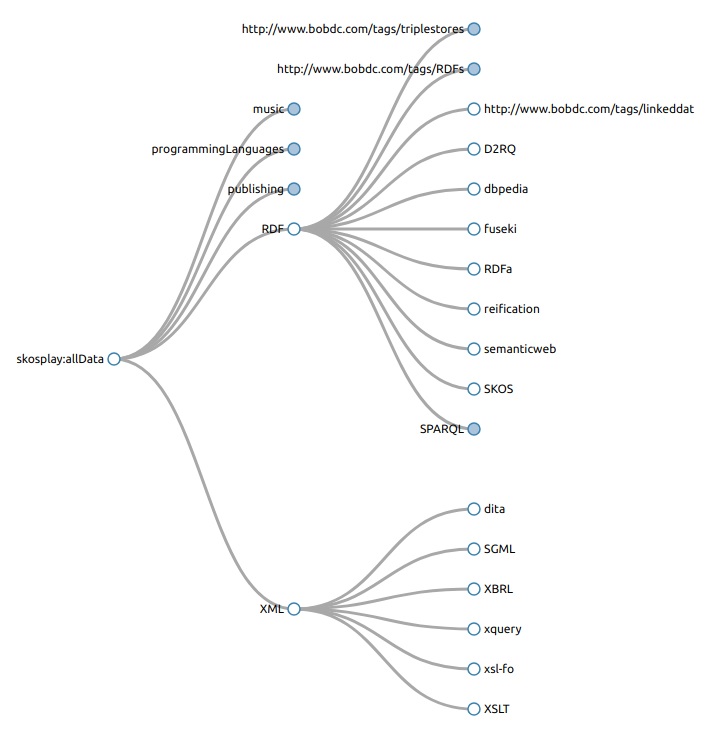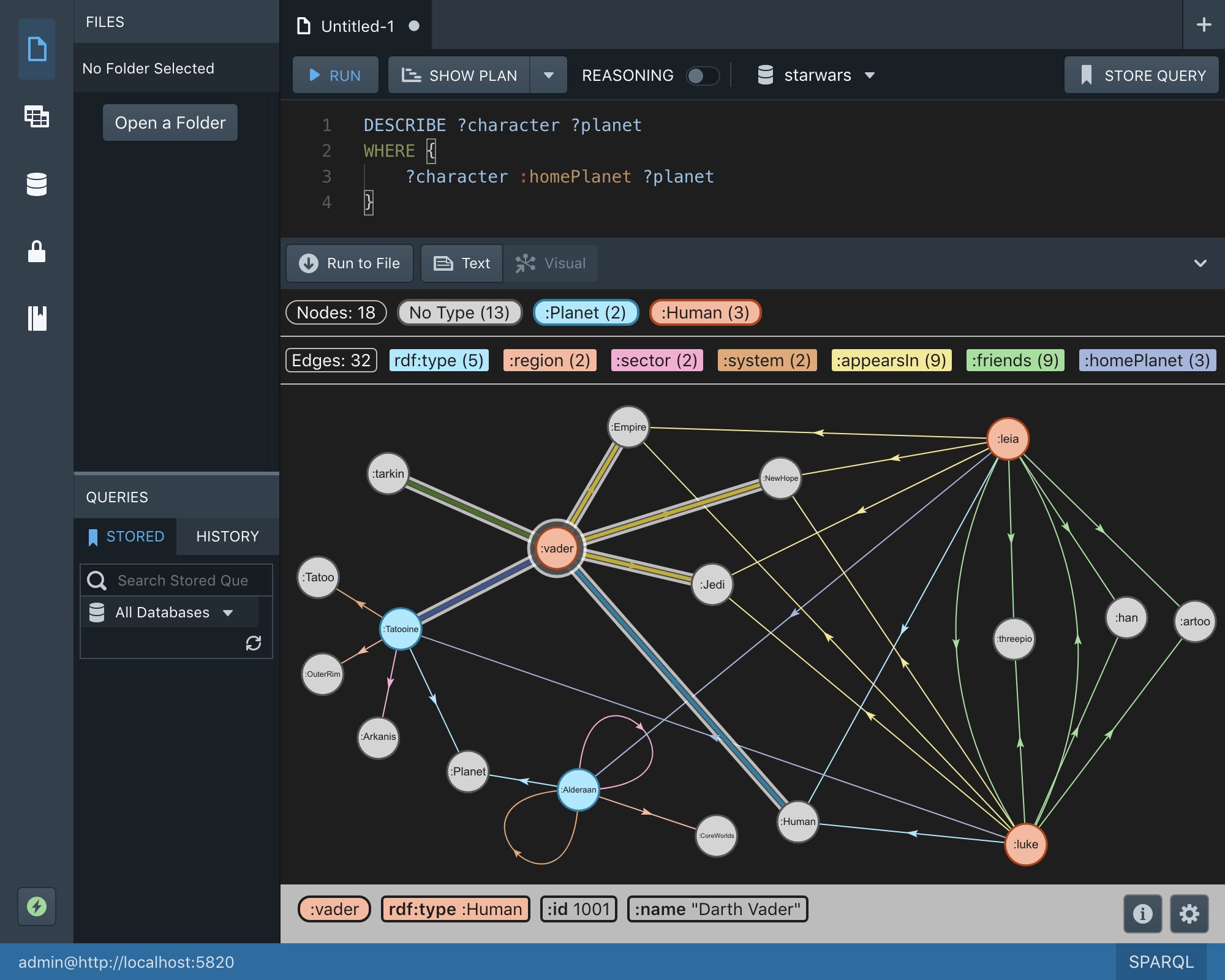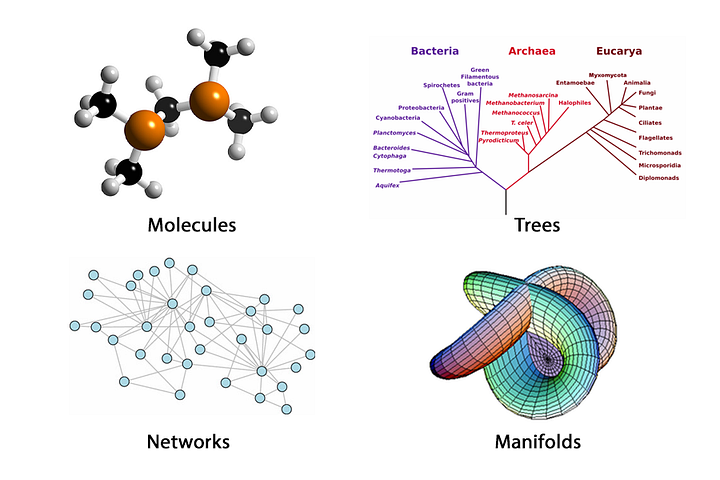Knowledge Graphs Are the New Black. The Year of the Graph Newsletter: May 2019
This news article gives a lot of information on knowledge graphs.
Join the DZone community and get the full member experience.
Join For FreeSee how knowledge graphs became a centerpiece of Accenture and Microsoft's toolkits. View knowledge graph lessons from Google, Facebook, eBay, and IBM. Look at graph algorithms and analytics by Neo4j and Nvidia. See Connected Data London and JSON-LD goodness, tips, and tools for building and visualizing knowledge graphs, using graphs with Elixir and Typescript and Geometric Deep Learning for a 3D world using graphs.
"Knowledge Graphs are the new Black," says Jean-Luc Chatelain, Accenture Managing Director — CTO Applied Intelligence (AI). Chatelain presented Accenture's take on Knowledge Graphs at Strata London 2019. You'd think it doesn't get much more mainstream than this.

Using Knowledge Graphs to Manage AI at Scale
And yet, it does more mainstream. The graph was also a centerpiece in Microsoft's Build event. In terms of strategy, Microsoft now emphasizes its Knowledge Graph and sends the message that it's a key part of its back-end, as noted by Tony Baer on ZDNet.In terms of product announcements, Azure Cosmos DB, Microsoft's multi-model database with support for graph, now has full Spark API support too. This is an important addition for Cosmos DB, largely expanding its analytics capabilities, launching it into the HTAP (Hybrid Analytics Transactional Processing) category

Microsoft Build 2019 Postmortem: Bring on the Graph, but Hold the Glitz.
It was hard to top last year’s demonstration of the new Microsoft 365 experienced powered by the Microsoft Graph. The focus this year shifted to how the graph could break down application and device silos to make everyday applications more user-centric.
It's not just talk, apparently. In this writeup based on an ISWC 2018 session moderated by Google's Natasha Noy, including knowledge graphs experts from Microsoft, Facebook, eBay, and IBM, Microsoft seems to be #2 in knowledge graph size after Google.
Those graphs come in different sizes and shapes and are used for different purposes. It's interesting to compare Google's and Microsoft's graphs, as they are both used to support search and answering questions in search and during conversations. Microsoft's graph has more entities (2 billion compared to Google's 1 billion), but less connections (55 billion vs. 70 billion).
That's something to keep in mind when comparing Google and Bing results, for example, connections matter. But that's not the only take away from this. Seeing how graphs at such scale deal with the key requirements of coverage, correctness, structure, and freshness, they have a lot to teach.

Industry-Scale Knowledge Graphs: Lessons and Challenges. Five Diverse Technology Companies Show How It's Done
Wrapping up the graphs at scale theme, Uber's Joshua Shinavier talked about graph best practices and lessons learned at a recent NYC Knowledge Graph event.

Uber’s Graph Expert Bears the Scars of Billions of Trips
A key reason why graphs are seeing such adoption is the ability to use graph algorithms for analytics. Mark Needham and Amy E. Hodler from Neo4j have just published a free O'Reilly book on graph algorithms with practical examples in Apache Spark and Neo4j.

Free O’Reilly Book: Graph Algorithms in Apache Spark and Neo4j
How about running graph algorithms on GPUs? Nvidia has released a new version of its cuGraph open source framework, which lets you do just that, and announced a partnership with some top research institutions to develop its graph arsenal further. Want to learn more about this from Nvidia's involvement in graph? Brad Rees, Nvidia Manager | AI Infrastructrue Manager leading the cuGraph effort will be speaking at Connected Data London.
RAPIDS cuGraph
RAPIDS cuGraph is a library of graph algorithms that seamlessly integrates into the RAPIDS data science ecosystem and allows the data scientist to easily call graph algorithms using data stored in a GPU DataFrame.
With knowledge graphs being in such high demand, we can expect a lot of people to be looking for a head start: definitions, tips, and how to go about building knowledge graphs. Semantic Arts offers definitions, Kurt Cagle discusses the Borrow, Build or Buy dilemma for ontologies, and Claudio Nichelle does a writeup built around the drawings from his first experience with Linked Data, and how he shared them as Linked Data. Last but not least, DataStax's Dave Bechberger presents an Intro to Graph Databases for Data Scientists

Linked Data, Semantic Web, Sketchnotes, and Online Collaboration
That's all fine and well, but there's nothing like learning from the experts in real life. We just announced the first workshop sessions in Connected Data London on October the 3rd, with leading practitioners showing how it's done. Workshops will provide foundational as well as hands-on, transferable knowledge, based on open source and/or free tools.

Connected Data Workshops: Get Hands-on Knowledge, Learn From the Best
Speaking of semantic SEO, Jono Alderson's specification for integrating structured data, with an overview of the core principles behind Yoast's approach to constructing scalable, interoperable schema.org markup, has been released.
The document provides guidelines for how plugin vendors, theme developer,s and third parties can extend Jono's approach to ensure that they output (or contribute to) a cohesive, unified knowledge graph, and how they can integrate with the Yoast SEO plugin, which just released a new version. To learn more, come see Jono Alderson in Connected Data London.

A Specification for Integrating Structured Data
More JSON-LD, this time from Bob DuCharme. DuCharme notes that the amount of JSON-LD data out there is exploding, and we can query it with SPARQL, so it offers many new possibilities for RDF-based applications. DuCharme shows how to do this, while in a subsequent post, he goes on to show how to convert JSON-LD schema.org RDF to other vocabularies.

Converting JSON-LD Schema.org RDF to Other Vocabularies
Ever thought about using JSON-LD with Typescript? Eyas Sharaiha is a Google software engineer who wrote an open source library that models JSON-LD Schema.org in TypeScript, and he explores the Power and Limitations of the TypeScript Type System.

Modeling Schema.org Schema With TypeScript: The Power and Limitations of the TypeScript Type System
If Elixir is your thing, Tony Hammond has been working with RDF & LPG graphs using Elixir, and he goes on to show how to do conversions from one graph form to another in Elixir.

Graph to Graph With Elixir
An expert knowledge graph builder, Chris Mungall, discusses what is considered a good practice in the community: restricting ontologies to single inheritance.

OntoTip: Single-Inheritance Principle Considered Dangerous
How about visualizing knowledge graphs? There's a slew of options for this, and many of those have released updates: Cambridge Intelligence launched ReGraph for React developers, Linkurious enterprise 2.7 automates investigation workflows, and yFiles for HTML brings improvements in layout, view and interaction. In terms of visual tools for building knowledge graphs, Gra.fo has updates in exports, mapping, and documentation, while Stardog Studio has added visual capabilities too.

Picture This: Visual Results in Studio
What is Geometric Deep Learning? And what does it have to do with graphs? Flawnson Tong argues that bringing machine learning to our level can be done by building neural networks that can learn from non-euclidean data, and the prime example of a non-euclidean datatype is a graph.
This abstract data structure can be used to model almost anything. We want to be able to learn from graphs because graphs allow us to represent individual features, while also providing information regarding relationships and structure.

What Is Geometric Deep Learning?
To get the Year of the Graph newsletter every month in your inbox, you can subscribe here.
Published at DZone with permission of George Anadiotis. See the original article here.
Opinions expressed by DZone contributors are their own.

Comments